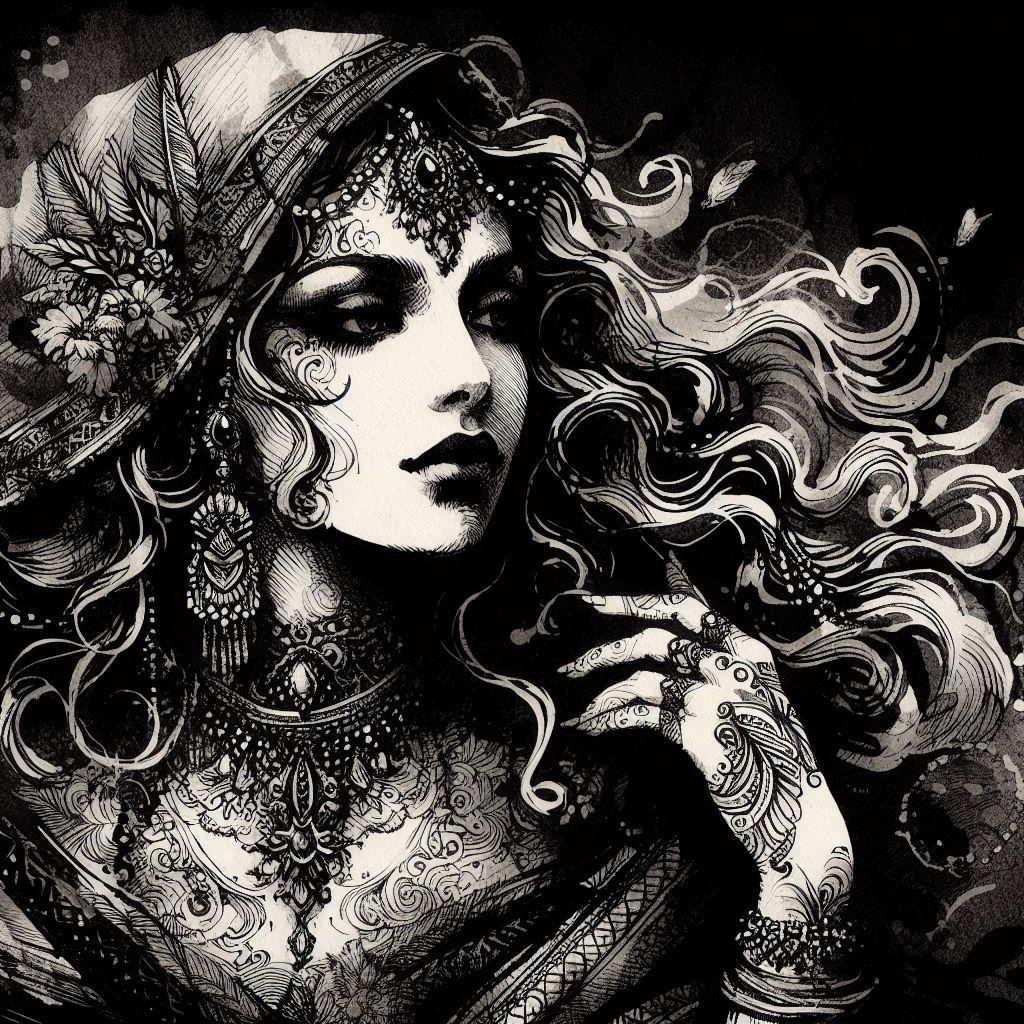Table of Contents
The Fairytales of the One Thousand and One Nights: Between Myth, Morality, and the Mirror of Civilization
I. Introduction
The One Thousand and One Nights, often referred to as The Arabian Nights, is one of the most celebrated and enigmatic collections of fairytales in world literature. A composite text of Persian, Indian, Arabic, and later even European origins, it transcends the boundaries of a mere folktale anthology. It is a dynamic cultural tapestry, a philosophical mirror reflecting the social structures, spiritual dilemmas, and aesthetic ideals of a wide span of civilizations. Though popularly associated with tales of genies, flying carpets, and wondrous adventures, the Nights contains a sophisticated architecture of narrative framing, moral instruction, psychological complexity, and political commentary that elevate it far above the realm of the merely fantastical.

II. Origins and Transmission
The origins of The Thousand and One Nights are as layered and mysterious as the stories themselves. Its core can be traced back to the ancient Persian Hezar Afsan (“A Thousand Tales”), likely compiled during the Sassanian Empire (224–651 CE). These tales were translated into Arabic during the Islamic Golden Age, particularly under the Abbasid Caliphate, where they were enriched with elements from Indian, Mesopotamian, and Arab folklore. The Arabic version, which came to be known as Alf Layla wa-Layla, was not a fixed or completed text but a living, ever-evolving compilation that expanded through centuries of oral and literary transmission.
The frame story—the tale of Shahrazad, who saves herself from execution by telling a series of interwoven stories to the vengeful King Shahryar—provided both a narrative structure and a philosophical axis for the compilation. This framing device itself carries deep psychological and cultural resonance, placing storytelling as a redemptive, civilizing force that tames brutality through intelligence, imagination, and the power of language.
III. Thematic Richness and Narrative Strategies
The tales within 1001 Nights exhibit a remarkable thematic diversity. At one level, they function as entertainment—an elaborate parade of magic, heroism, eroticism, and trickery. Yet beneath their surface, they operate as ethical and epistemological meditations. Recurring themes include justice and retribution, fate and free will, gender dynamics, the corruptibility of power, and the fragility of human happiness.
Many stories revolve around the inversion of social norms or challenge prevailing moral expectations. For instance, the tale of Ali Baba and the Forty Thieves explores questions of greed, social class, and cleverness, while The Fisherman and the Jinni contemplates forgiveness versus vengeance. The structure of the stories often involves nested narratives—stories within stories—creating a labyrinthine textual universe that mirrors the unpredictability and multiplicity of human experience.
In addition, the tales frequently feature protagonists from diverse social backgrounds—merchants, slaves, kings, beggars, women, travelers, fools—indicating a cosmopolitan vision of the world that was rare in pre-modern literature. The tales do not always resolve neatly; many end ambiguously, in irony or loss, suggesting a mature view of life as complex and morally nuanced.
IV. Women, Power, and the Voice of Shahrazad
One of the most remarkable elements of the Nights is its proto-feminist core. The entire collection is born from the voice of a woman—Shahrazad—who counters male tyranny not through confrontation, but through eloquence, intelligence, and patience. Her role subverts the stereotype of the passive or silenced woman; she becomes an author, philosopher, and reformer, transforming the king’s heart and the structure of society through storytelling.
Within the embedded tales, women are portrayed with striking variability. Some are scheming or adulterous, reflecting medieval anxieties about female sexuality, but others are brave, wise, and autonomous. The tale of Princess Peri Banu, for example, presents a strong female figure who rescues her beloved, while The Story of the Porter and the Three Ladies highlights women who freely manage their affairs and assert their independence.
This dialectic between oppression and empowerment, silence and voice, positions the Nights as a deeply psychological text, engaged with gender politics centuries ahead of its time.
V. Cultural Influence and Orientalism
The arrival of 1001 Nights in Europe, particularly through Antoine Galland’s French translation in the early 18th century, had a profound and complicated impact. It captivated Enlightenment and Romantic audiences alike, igniting a wave of Orientalist fascination. Figures like Voltaire, Goethe, and Coleridge drew inspiration from the exoticized East portrayed in the tales, though often through a distorted lens.
While Galland’s version introduced the West to timeless characters like Aladdin and Sinbad (some of whom were not present in the original Arabic manuscripts), it also filtered the tales through a European moral and aesthetic framework, altering tone and content to suit contemporary tastes. The text thus became both a bridge and a barrier—offering a glimpse into the richness of Islamic and Eastern culture, yet simultaneously reinforcing colonial fantasies and stereotypes.
Despite these tensions, the Nights became a foundational text in world literature, influencing everything from Victorian novels to modern cinema and postmodern metafiction. Its layered narrative form, its ethical ambiguity, and its celebration of the power of language have continued to inspire writers such as Jorge Luis Borges, Italo Calvino, Naguib Mahfouz, and Salman Rushdie.
VI. Philosophical and Symbolic Dimensions
Beyond its cultural and literary value, The Thousand and One Nights engages with enduring philosophical questions. What is justice? What constitutes identity? Can fate be altered by reason or action? The tales suggest a universe in which humans are neither wholly free nor wholly determined—where divine will, personal cunning, and blind chance intersect.
Many of the tales operate as Sufi allegories or ethical parables, even when their tone is irreverent. The theme of disguise and transformation recurs throughout, suggesting that reality is unstable and layered. This metaphysical sensibility aligns the Nights with other great literary traditions that use the fantastic to probe the real—Dante’s Divine Comedy, Cervantes’ Don Quixote, and the Mahabharata.
The central act of storytelling becomes a sacred endeavor. By narrating, Shahrazad not only suspends death but also weaves meaning into a broken world. In this light, 1001 Nights is not merely a collection of tales but a philosophical epic on the redemptive capacity of art.
VII. Conclusion
The Thousand and One Nights is a monument to the imagination of multiple civilizations. Its fairytales are not childish escapisms, but adult meditations on life, power, and the human soul. In Shahrazad’s nightly performance lies a lesson still vital today: that wisdom often comes disguised in wonder, and that civilization itself is sustained not by force or fear, but by stories—narratives that entertain, instruct, and, above all, humanize.
Through its fantastical labyrinth of characters and tales, The Thousand and One Nights remains not only a literary marvel but also a cultural compass, guiding readers through the perennial questions of identity, justice, and meaning.


No responses yet